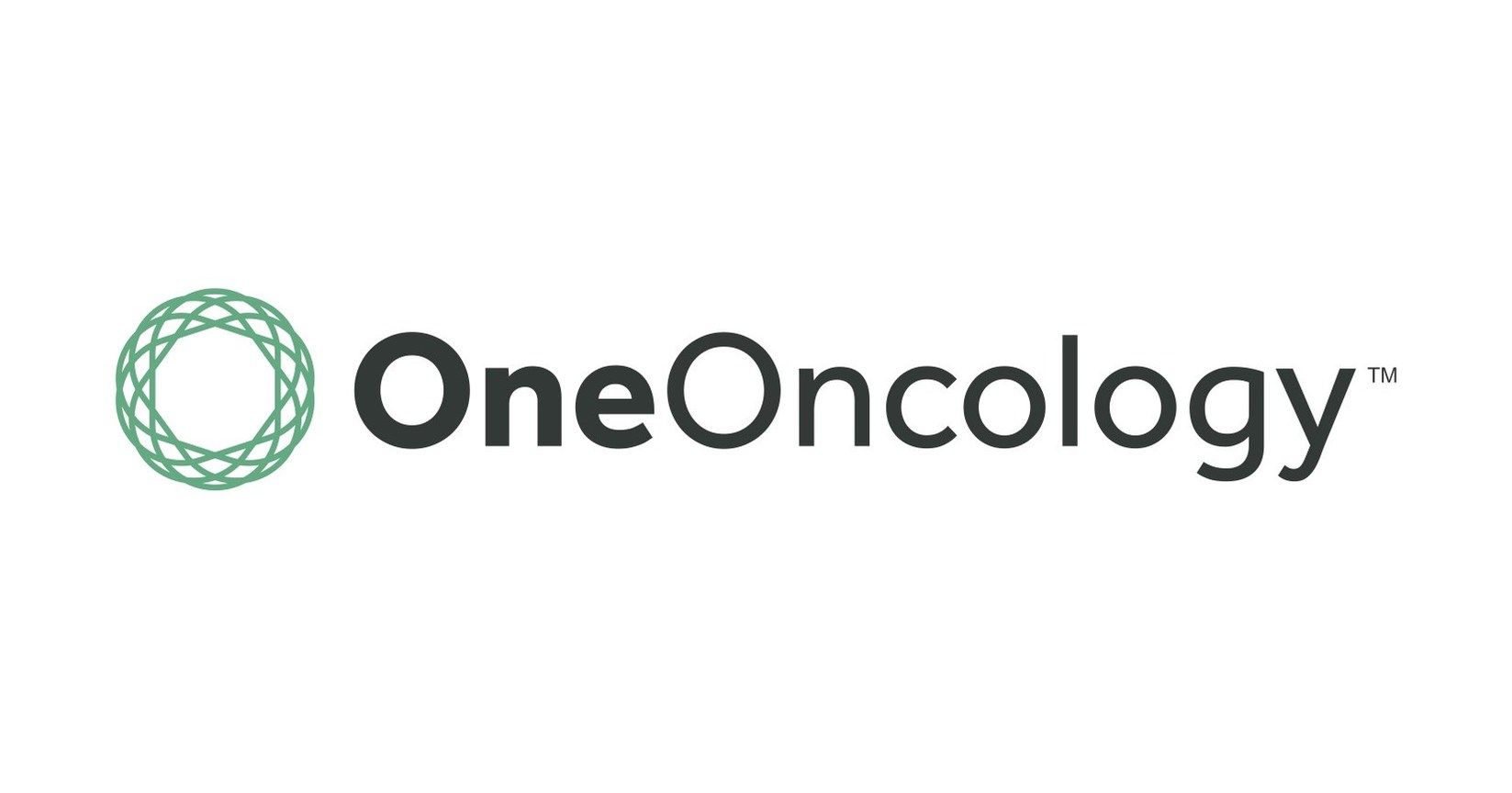Article
Healthcare Spending Grows at Historically Low Rate
Author(s):
The 3.6% increase in US healthcare spending in 2013 marks the lowest growth in healthcare spending since 1960, according to a report from CMS published in Health Affairs.
The 3.6% increase in US healthcare spending in 2013 marks the lowest growth in healthcare spending since 1960, according to a report from CMS published in Health Affairs.
Total spending for healthcare in the US increased to $2.9 trillion last year, or $9255 per person. Compared to the previous year, healthcare spending growth in private health insurance and Medicare—which accounted for 20% of national health spending in 2013—decreased, which were the primary drivers in the spending deceleration.
Private insurance premium growth was just 2.8% in 2013, compared with 4% in 2012. Meanwhile, Medicare spending growth dropped to 3.4% from 4%, primarily because of slower growth in enrollment, the impact of the Affordable Care Act, and the federal budget sequestration of 2013, according to the researchers.
However, the decrease in healthcare spending also coincides with the slow economic growth since the end of the recession.
“The key question is whether health spending growth will accelerate once economic conditions improve significantly; historical evidence suggests that it will,” the authors wrote. “However, in the near term, the health sector will undergo major changes that will have a substantial impact on the consumers, providers, insurers, and sponsors of health care.”
Out-of-pocket spending by consumers also grew slightly slower in 2013 at 3.2% compared with 3.6% in both 2011 and 2012. Out-of-pocket spending as a share of national health expenditures has been on a gradual decline since 1998 and was just 12% last year.
Amidst the slowdown in healthcare spending, the total spending growth for retail prescription drugs accelerated by 2.5% to $27.1 billion, which is up from the low growth of 0.5% the year before. Although generic drug prices continue to fall, specialty drug prices have been growing at double-digit rates, which was a significant factor in spending growth in 2013.
“Factors influencing the faster growth in prescription drug spending in 2013 included price increases for brand-name and specialty drugs, increased spending on new medicines, and increased utilization,” the authors wrote.




